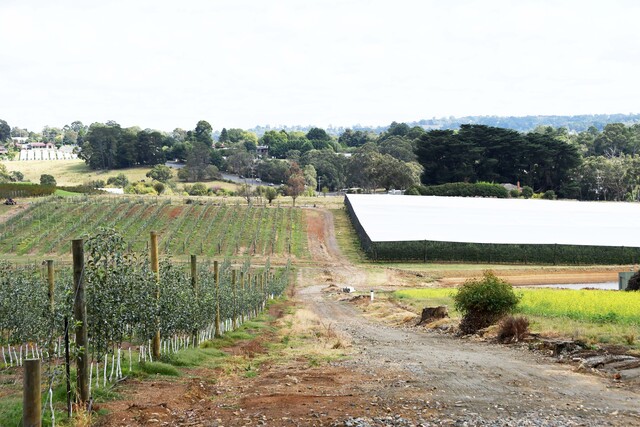
By Callum Ludwig
The Victorian Government has released a Green Wedge and Agricultural Land Action Plan to complement last year’s Victorian Housing Statement in a bid to outline how the green wedges and agricultural land on the outskirts of Melbourne will be preserved.
The plan will aim to protect the state’s food supply, cultural heritage sites, water catchments, conservation areas and quarries while setting the framework to allow for the growing population of the city, expected to hit between 8 million in the 2050s, almost the current population of London.
“From our iconic wine regions to market gardens, our green wedges contribute not only to our economy but make Melbourne one of the best cities in the world to call home,” said Minister for Planning Sonya Kilkenny.
“More housing doesn’t have to come at the expense of our green wedges – that’s why we’re providing better permanent protection for these areas against over-development.”
The plan has set out 20 actions related to setting tighter controls, protecting the ‘food bowl’, planning for future farming and securing the right to farm while also allowing for smarter land use and stronger protections.
The ‘food bowl’ around the fringes of Melbourne currently supplies 41 per cent of the state’s food needs, including 80 per cent of vegetables, but without action, it could shrink to 18 per cent by the 2050s, according to the findings of the Foodprint Melbourne project in 2016.
To protect the food bowl, the Victorian Government is going to implement a new planning scheme overlay to protect key irrigated agricultural areas (including developing criteria to guide it), explore opportunities for water authorities to share their views on planning permits in areas with a current or planned recycled water supply and develop a new regional policy to preserve futures opportunities for agricultural irrigation.
Protecting future farming in fringe areas relatively close to the city like the Yarra Ranges is also a priority, with agricultural policy set to be updated to protect agricultural land within 100km of Melbourne and developing a Planning Practice Note to better guide councils in assessing planning permit applications in agricultural areas.
The ‘agent of change’ principle will be expanded with the 100km around Melbourne and making the permit applicant responsible for mitigating impacts of agricultural operations with sensitive uses to protect the right to farm, including updating the Planning Policy Framework to encourage ‘appropriate siting, design and scale’ of these uses in the 100km zone.
More updates to policy will be put in place to implement stronger protections;
Planning Practice Note 31 ‘Preparing a Green Wedge Management Plan’ will be updated to better direct green wedge planning locally,
Planning policy will be updated to emphasise the ‘non-urban values, purpose and character’ of green wedges,
A new Planning Practice Note will be developed for urban-rural interface areas like the Yarra Ranges to manage land use pressures and permanent growth.
To make smarter use of the land in the outskirts of Melbourne, planning decision guidelines and application requirements will be updated for green wedge zones, a pilot program carrying out mandatory site coverage, setbacks and building heights for discretionary uses in green wedge zones will be tested and the plan will try to increase flexibility to allow for primary production and farm gate sales.
In tightening controls, new data centres in the Green Wedge Zone, Green Wedge A Zone and the Rural Conservation Zone and subdivision of small lots below the minimum lot size in some areas of the 100km zone will be prohibited, new conditions will be put in place for exhibition centres, group accommodation and hotels in green wedge zones, connections between host farm accommodation and operating agricultural properties will be encouraged and strengthened, a new permit trigger for soil dumping (clean fill) will be implemented and a new land use term for ‘community hall’ will be adopted.
All 20 actions through the plan are expected to be implemented in either the short (within the first year) or medium term (within three years) of the plan being released.
Director of Planning and Sustainable Futures at Yarra Ranges Council Kath McClusky said council officers are currently reviewing the actions in the State Government’s Green Wedge Management Plan.
“The Department of Transport and Planning has advised that there will be further opportunities for council to provide input into how the actions are implemented,” she said.
“From an initial review, the actions don’t appear to address some key issues affecting the Yarra Ranges Green Wedge including seasonal workers’ accommodation, small second dwellings, earthworks and the future of non-agricultural land uses.”






